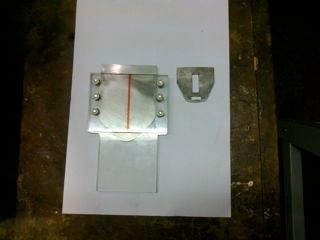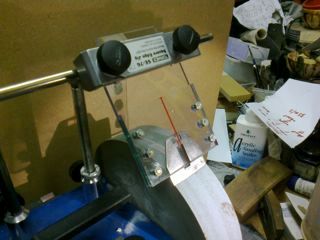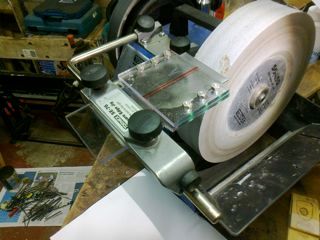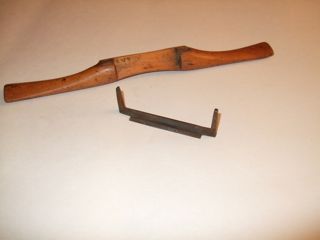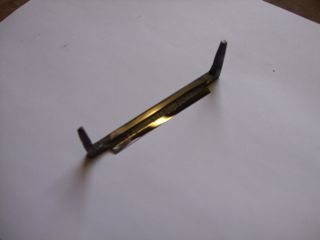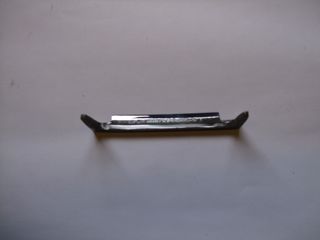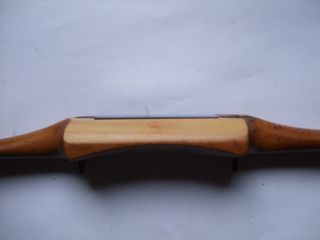Dear Santa
Yes it's that time again when I put up my wish for the latest - yet to be released - Tormek offering.
This year I would like to receive a T-8½R (as illustrated in the strictly unofficial diagram below.)
The T-8½R appears to answer many issues I have with the current model.
It has been upgraded to operate with two wheels (one can select say SG250 with an SJ250 or other combination to suit one's needs). Needless to say the bushes and shaft have been changed to suit this arrangement and the additional loads.
In conjunction with the double ended Universal Support Bar, it means that if both wheels have been trued to the same diameter, one can, without changing any setting, move the jig and tool being sharpened, from a stone at one grade to a stone at another eg one set for grinding and one for polishing.
The additional 'R' feature is the ability, at the flick of a switch, to reverse the motor direction, so one can change from grinding towards the edge to away from the edge - again without having to change the USB or other setting.
I would certainly appreciate finding one in my Christmas stocking.
Many thanks in anticipation.
Yes it's that time again when I put up my wish for the latest - yet to be released - Tormek offering.
This year I would like to receive a T-8½R (as illustrated in the strictly unofficial diagram below.)
The T-8½R appears to answer many issues I have with the current model.
It has been upgraded to operate with two wheels (one can select say SG250 with an SJ250 or other combination to suit one's needs). Needless to say the bushes and shaft have been changed to suit this arrangement and the additional loads.
In conjunction with the double ended Universal Support Bar, it means that if both wheels have been trued to the same diameter, one can, without changing any setting, move the jig and tool being sharpened, from a stone at one grade to a stone at another eg one set for grinding and one for polishing.
The additional 'R' feature is the ability, at the flick of a switch, to reverse the motor direction, so one can change from grinding towards the edge to away from the edge - again without having to change the USB or other setting.
I would certainly appreciate finding one in my Christmas stocking.
Many thanks in anticipation.

